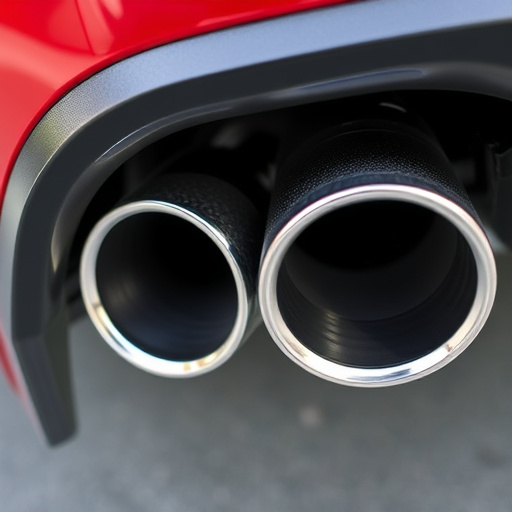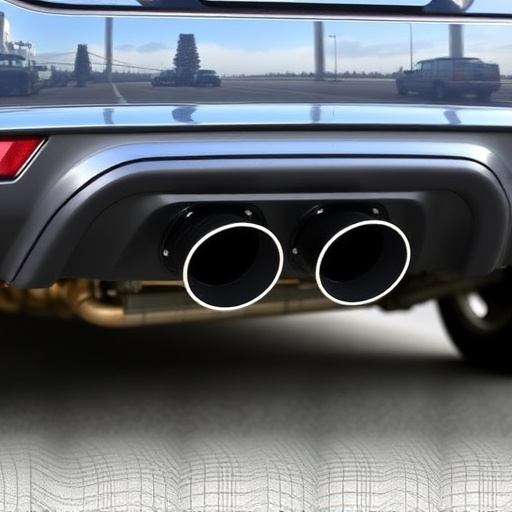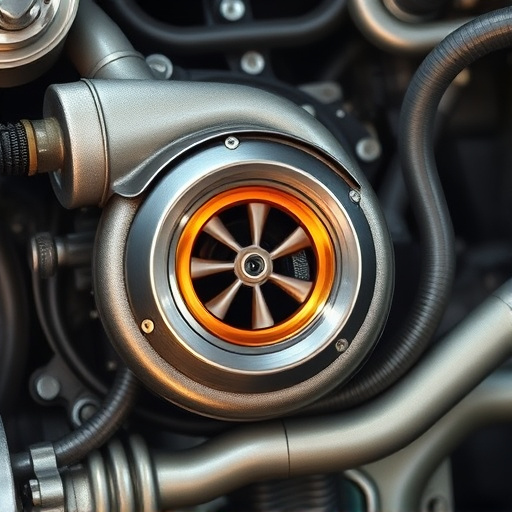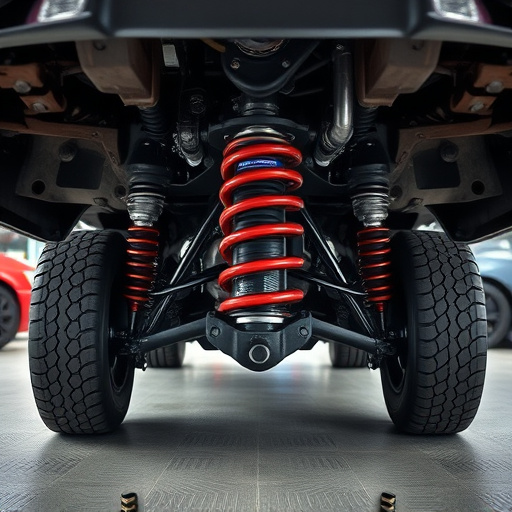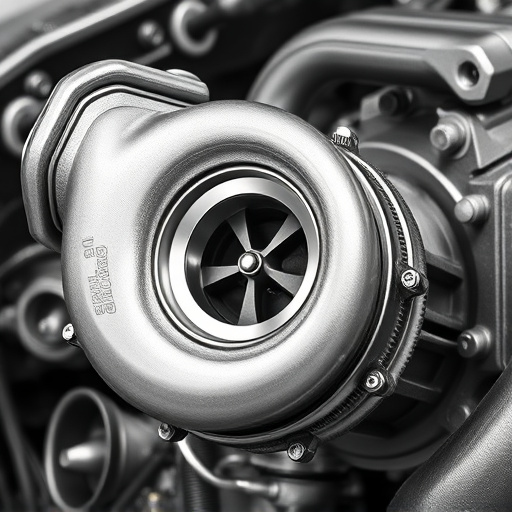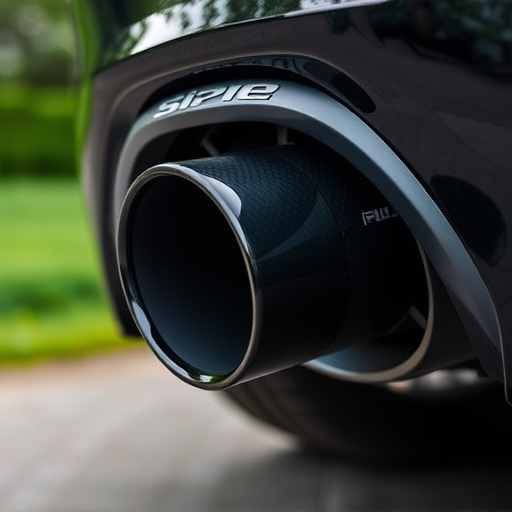Suspension arm bushings are vital for vehicle stability and safety, absorbing shocks and maintaining alignment. Regular inspection is key to prevent damage that could impact steering, ride quality, and other components like exhausts and brakes. Before inspecting, gather necessary tools and prioritize safety by following proper procedures. Visually examine bushings for damage, check their firmness and symmetry, and consider specialized tools for detailed assessments. Maintaining healthy bushings ensures vehicle stability, safety, and performance when upgrading.
During routine vehicle servicing, inspecting suspension arm bushings is crucial. These vital components play a significant role in maintaining optimal vehicle handling and safety. Understanding their function and knowing how to effectively inspect them is essential for every car owner and mechanic. This guide provides a comprehensive overview, from recognizing the signs of worn-out bushings to the tools and safety precautions needed. By following these steps, you’ll gain the confidence to ensure your suspension arm bushings are in top condition.
- Understanding Suspension Arm Bushings: Their Role and Significance
- Tools and Safety Precautions for Inspection: An Essential Checklist
- Step-by-Step Guide to Visually and Physically Inspecting Bushings
Understanding Suspension Arm Bushings: Their Role and Significance

Suspension arm bushings are vital components that play a crucial role in your vehicle’s overall stability and safety. Acting as pivots for suspension arms, these bushings facilitate smooth movement, absorb shocks, and maintain proper alignment. They prevent excessive wear and tear on other suspension parts, such as control arms and ball joints, thus prolonging their lifespan. Well-maintained suspension arm bushings ensure optimal handling, comfort, and the safety of your vehicle during every drive. Regular inspection is essential to identify any signs of wear or damage that could compromise your vehicle’s performance, especially in terms of steering precision and ride quality, not to mention the potential impact on critical components like exhaust mufflers and performance brakes.
Unlike other car parts, bushings are often overlooked during routine maintenance checks. However, their significance cannot be overstated, especially considering their exposure to constant road stressors. Regularly checking suspension arm bushings for any deformation, cracking, or excessive wear can help drivers catch potential issues early on. This proactive approach not only enhances overall vehicle performance but also ensures the longevity of other related components, including cat-back exhaust systems, by preventing severe damage caused by misaligned wheels and axles.
Tools and Safety Precautions for Inspection: An Essential Checklist

Before inspecting suspension arm bushings, gather the necessary tools to ensure a thorough evaluation. Basic requirements include a set of wrenches and sockets suitable for your vehicle’s make and model, a jack and jack stands for safe vehicle support, and a pair of protective gloves and safety glasses to shield against debris. For accurate measurements and comparison, consider a caliper or micrometer. Additionally, have a clean cloth handy to wipe away any grime or residue that may obscure your view.
Safety is paramount during vehicle servicing. Always refer to the vehicle’s service manual for specific guidelines. Ensure adequate ventilation in the work area due to potential fumes from lubricants and coolants. Never underestimate the power of a vehicle; always use jack stands to support the vehicle, especially when working on critical components like suspension bushings. Protect yourself from flying debris by wearing safety gear, and keep your workspace organized to prevent accidents.
Step-by-Step Guide to Visually and Physically Inspecting Bushings

To inspect suspension arm bushings effectively, follow this step-by-step guide. Begin by raising and securely supporting the vehicle on jack stands, ensuring safety throughout the process. Next, locate the suspension arms and identify the bushings, which are typically made of rubber or plastic. Visually examine these components for any signs of damage, cracking, or wear. Check for oil leaks as well, as this could indicate a compromised seal.
Physically, you can depress the bushings gently with your fingers to assess their firmness and elasticity. Compare one side to the other to ensure symmetry. If you notice significant variations or suspect any damage, further evaluation is needed. Consider using specialized tools for a more detailed inspection, such as checking for play or misalignment in the suspension system, which might be indicative of worn-out bushings. Remember, healthy suspension arm bushings contribute to your vehicle’s overall stability and safety, especially when enhancing performance components like cold air intakes, cat back exhausts, or high-performance brakes.
Regularly inspecting your vehicle’s suspension arm bushings is a crucial part of maintaining optimal safety and performance. By following the outlined steps and adhering to safety precautions, you can effectively identify potential issues early on. This proactive approach ensures your vehicle’s stability, handles smoothly, and promotes longevity, ultimately saving you time and money in the long run. Remember, well-maintained suspension arm bushings are key to a safe and enjoyable driving experience.

